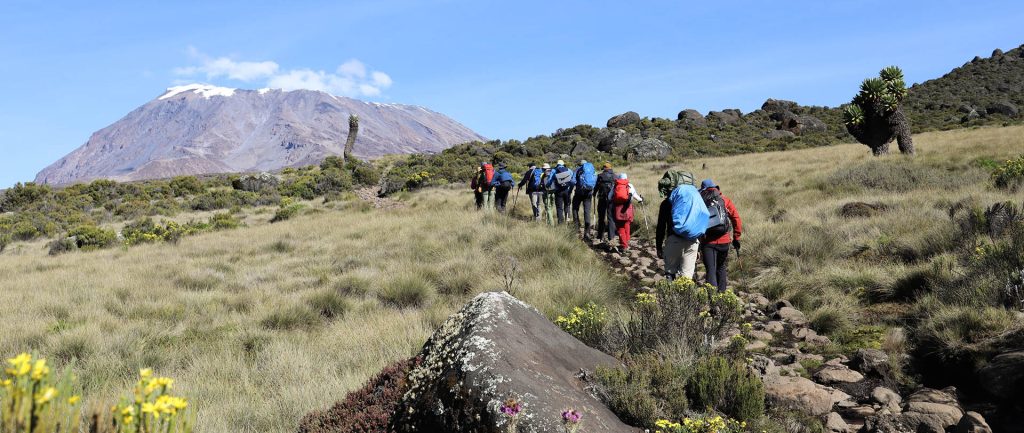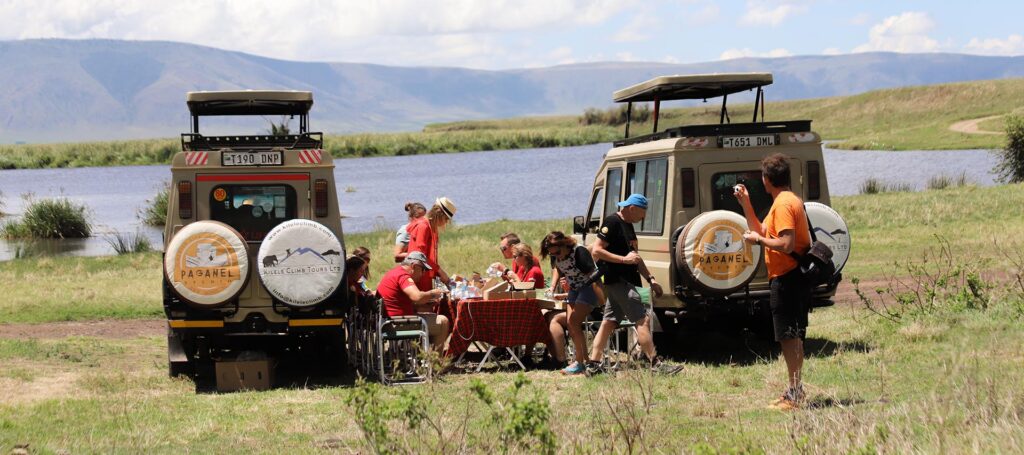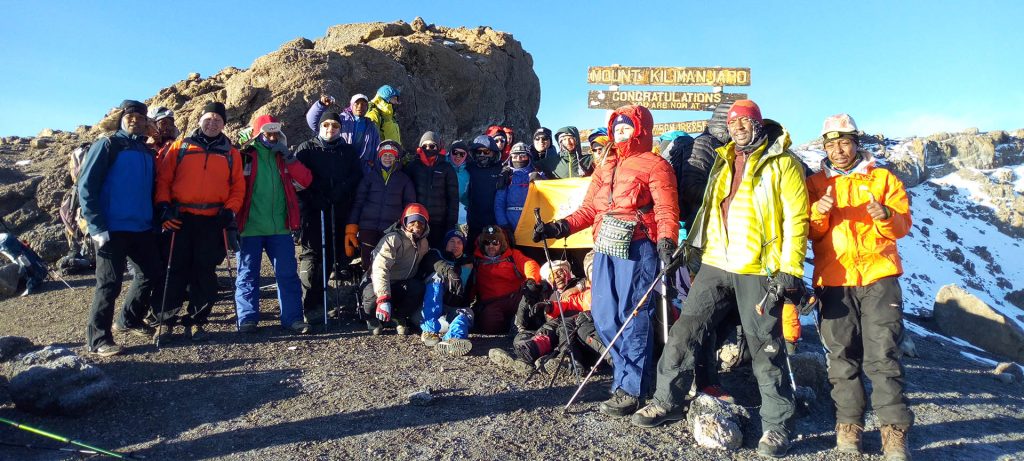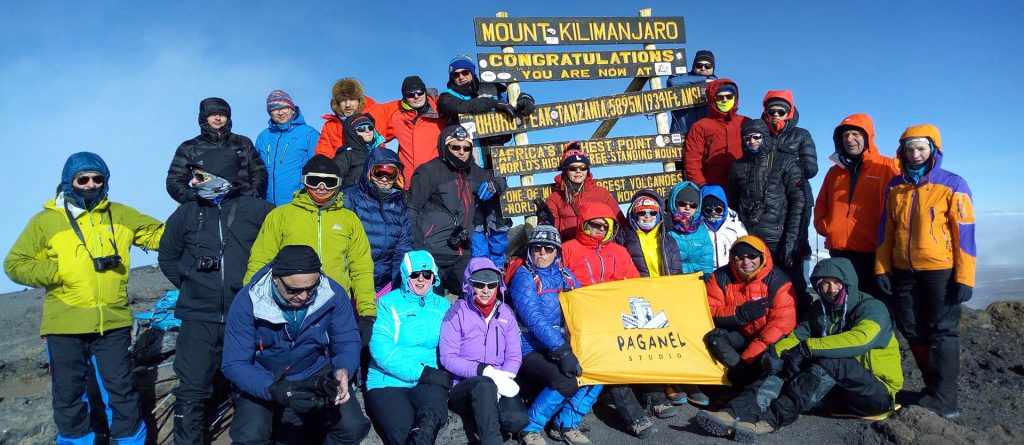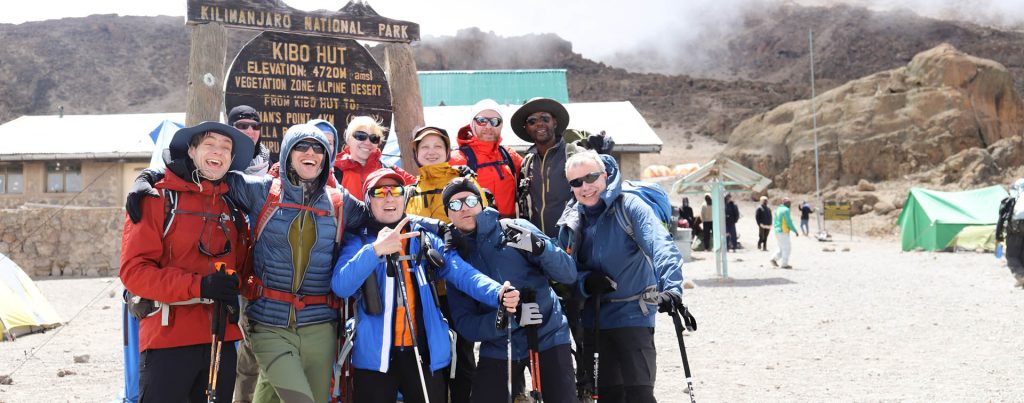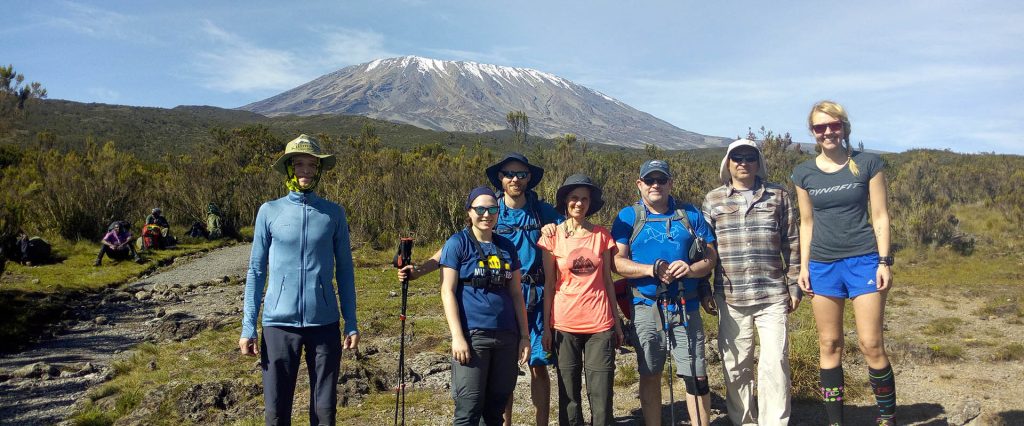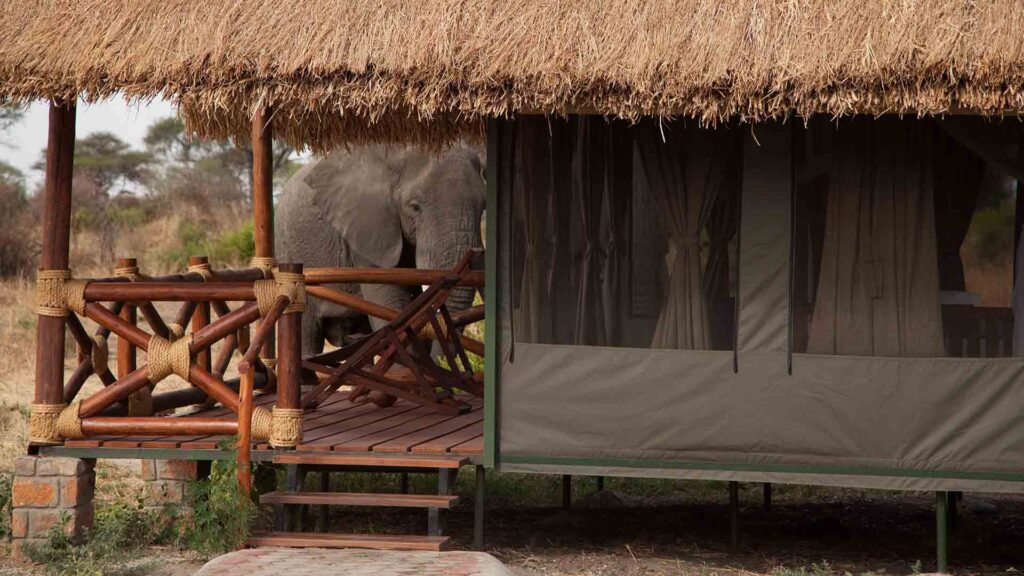Sleeping Soundly On Kilimanjaro – How It Will Improve The Chances Of Summit Success?
Mount Kilimanjaro, Africa’s highest peak stands at a height of 5,895 metres above the sea level. Iconic landscape, gradual climb, thrilling experiences certainly help in making its place to the bucket list of almost all the trekkers from all round the world.
Though there are many challenges faced by the hikers, both beginners or seasoned. Rising altitude definitely creates obstacles but right guidance makes Mount Kilimanjaro Climbing more convenient. Among the many challenges, altitude sickness and sleeplessness are the most common ones. So how you will sleep during Kilimanjaro Climbing & make your Kilimanjaro Success Rate double
What Are The Causes Of Kilimanjaro Altitude Sickness?
Kilimanjaro Altitude Sickness is caused primarily due to the reduction of oxygen level at higher altitudes. As you climb higher, oxygen level in the air decreases making it difficult for you to breathe normally thereby causing shortness of breathing. Altitude sickness may also cause headache, nausea, vomiting, fatigue, and loss of appetite, muscle ache, swelling of the hands, feet and face. However, the mild symptoms start within 12 to 24 hours after arrival at higher altitude and gradually seem to decrease in severSleeping Soundly On Kilimanjaro – How It Will Improve The Chances Of Summit Success?ity towards the third day.
Altitude sickness can be avoided by following the suitable climb route and spending more time on mountain giving your body time to acclimatize and adjust to the elevation. “Climbing high and sleeping low” profile help to a greater extent in combating the symptoms. Going slowly and keeping yourself hydrated also helps.
Causes & Ways To Fight Sleeplessness During Kilimanjaro Climbing
At higher elevation, decrease in oxygen level causes trouble in breathing normally. As your body tries to restore the normal breathing, might result in disruptive and erratic sleeping pattern. Loss of sleep at night and long trek during the day leads to extreme exhaustion the following day affecting your trek performance.
How To Sleep Better During Mount Kilimanjaro Climb?
Getting proper sleep in between your Kilimanjaro Climb is quite essential for an enjoyable mountaineering experience. The rule is to come prepared with the right equipment, gear and positive attitude.
Kilimanjaro Gear List includes some very necessary things like trekking shoes and shocks, thermal undergarments and t-shirts, sweater, warm gloves, warm trousers, rain jacket, wind cheater, pair of sunglasses, sun hat, sleeping bag, head torch, thermos flask, spare batteries etc. You need the right gear to keep yourself both comfortable and warm. Psychological preparedness is vital as it will let you understand the struggles that you may face related to sleeplessness and won’t unnecessarily stress yourself.
Sleep Disorder During Mount Kilimanjaro Climb Can Be Encountered By Following Few Key Points:
- Steady Increase In Climbing Altitude: Prefer walking up to the start point from the base camp in spite of driving. Increase elevation gradually so that body gets enough time to adopt to altitude and declining oxygen level.
- Take Rest Whenever Body Demands: Taking rest in between as per your body’s demand is important as it gives time to rest and recoup and come back even stronger both physically and mentally.
- Acclimatization: Ascending Mountains slowly is the key to avoid or reduce the effects of altitude sickness. Spending more time on mountains helps in better acclimatization. Sleep quality improves drastically if the body is acclimatized better.
- Proper Diet: Consuming right quantity and type of food is essential for summit success. Consuming carbs maintain energy levels required for climbing slopes. Therefore, eating complex carbs that are light, easy to digest and full of energy are recommended.
- Staying Hydrated: Sipping in water in regular intervals make up for water loss on treks due to sweat.
- Alcohol & Tobacco- A Big No: Consuming alcohol on treks increases the chance of dehydration and tobacco disrupts sleeping pattern. So, it is better if avoided.
- Avoid Direct Sunrays: Direct sun rays can be prevented by using a good pair of UV protected sun glasses, sun hat and sun block creams. They help in keeping your body cool thus, reducing fatigue during and after the day’s trek.
- Appropriate Sleeping Bag & Sleeping Pads: Choosing the appropriate sleeping gears offers comfort and warmth applicable for assuring proper sleep during the rest hours on trek. Sleeping pads ensure a layer of cushion on the harsh land.
- Emptying The Bladder Whenever You Feel The Requirement: Holding on to pee is probably not a good idea. It abrupt sleeping routine. Therefore, you are advised to use the loo as soon as you feel the need to.
- Changing Clothes And Freshen Up Helps: Changing the Kilimanjaro clothes to fresh ones increases your chances to sleep well after trek.
So while you struggle to sleep hard on your climb, keeping the above points in mind might just help and bring you a good night’s sleep so that you wake up fresh and prepared for the long trek ahead the next day. Our Kilimanjaro Climbing Guide provides with the Kilimanjaro Checklist beforehand. You just have to make sure you carry along or ask them to arrange it for you on rent.
So, if you are the one still clueless about the things to pack along then we are just a call away. Connect with Kiliele Climb and get the Kilimanjaro Gear List and on addition to it avail our guidance and support throughout

